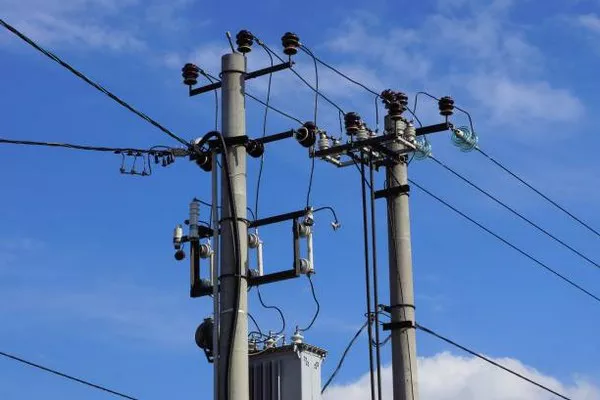Transformers are fundamental components in electrical circuits that facilitate the efficient transmission of electrical energy by manipulating voltage levels. They play a pivotal role in numerous applications, from power distribution to electronic devices. In this article, we delve into the workings of transformers, uncovering their vital function in circuitry, voltage transformation, and the principles of magnetic coupling.
1. Voltage Transformation:
At the heart of a transformer’s function is the ability to transform voltage levels while maintaining the balance of power. Transformers are designed to work with alternating current (AC) systems, where the direction of current flow alternates periodically.
Step-Up Transformer: A step-up transformer increases the input voltage, yielding a higher output voltage. This type of transformer is essential in power transmission, elevating voltages to minimize energy loss during long-distance transmission.
Step-Down Transformer: Conversely, a step-down transformer reduces the input voltage, producing a lower output voltage. This is commonly used in power supplies for electronic devices, adapting higher voltage levels to safer and more usable levels.
2. Magnetic Coupling:
Transformers operate based on the principle of magnetic coupling, where two coils of wire are wound around a shared magnetic core. The interaction of magnetic fields between these coils enables voltage transformation.
Primary Coil: The primary coil receives the input voltage. When AC current flows through this coil, it generates a changing magnetic field.
Secondary Coil: The secondary coil is connected to the load. The changing magnetic field from the primary coil induces a voltage across the secondary coil, resulting in the output voltage.
3. Turns Ratio and Voltage Relationship:
The ratio of the number of turns in the primary coil to the number of turns in the secondary coil defines the turns ratio. This ratio directly influences the voltage transformation achieved by the transformer.
Turns Ratio and Voltage Change: For a step-up transformer, the turns ratio is greater than 1, resulting in an output voltage higher than the input voltage. In a step-down transformer, the turns ratio is less than 1, yielding an output voltage lower than the input voltage.
4. Efficiency and Losses:
While transformers are efficient devices for voltage transformation, they are not entirely devoid of losses. Various factors contribute to these losses, including resistance in the coils and core, as well as magnetic hysteresis.
Copper Loss: Copper losses occur due to the resistance of the wire coils. These losses manifest as heat dissipation and can be minimized by using high-conductivity materials.
Iron Loss: Iron losses, also known as core losses, result from the magnetic properties of the core material. These losses include hysteresis loss and eddy current loss.
5. Applications of Transformers:
Transformers are indispensable across diverse fields, serving critical functions in various applications:
Power Distribution: Transformers facilitate voltage transformation for efficient power transmission from power plants to distribution networks and eventually to households and businesses.
Electronic Devices: Step-down transformers are essential components in electronic devices, converting high-voltage AC to levels suitable for safe operation.
Isolation and Safety: Transformers provide isolation between the input and output sides, enhancing safety by preventing direct electrical contact and reducing the risk of electrical shock.
6. Considerations and Maintenance:
While transformers are robust devices, proper maintenance and considerations are essential for optimal performance:
Temperature Control: Monitoring the operating temperature is crucial to prevent overheating, which can degrade the insulation and affect efficiency.
Insulation Integrity: Regularly inspect insulation materials to ensure they are intact, preventing arcing and electrical breakdown.
Core Saturation: Avoiding core saturation – a condition where the core cannot hold additional magnetic flux – is important to maintain accurate voltage transformation.
Conclusion:
Transformers serve as linchpins in electrical circuits, enabling efficient voltage transformation through the principles of magnetic coupling. With their ability to step up or step down voltages, transformers play a vital role in power distribution, electronic devices, and various applications. By understanding the interplay of primary and secondary coils, magnetic fields, and turns ratios, we gain insight into the versatile and indispensable function of transformers in modern electrical systems.

